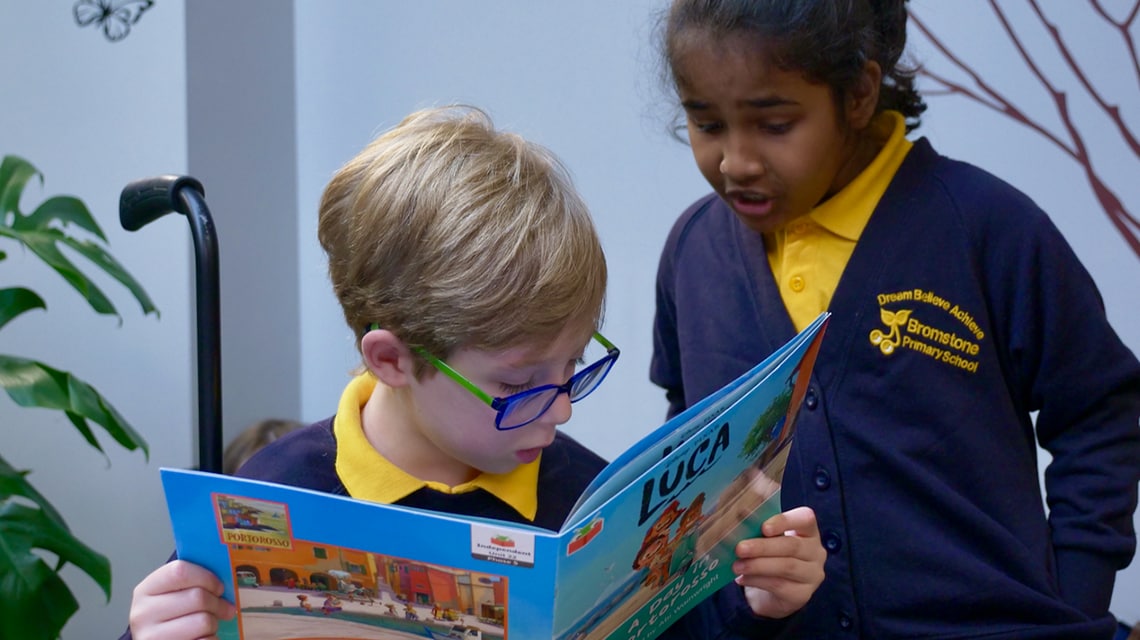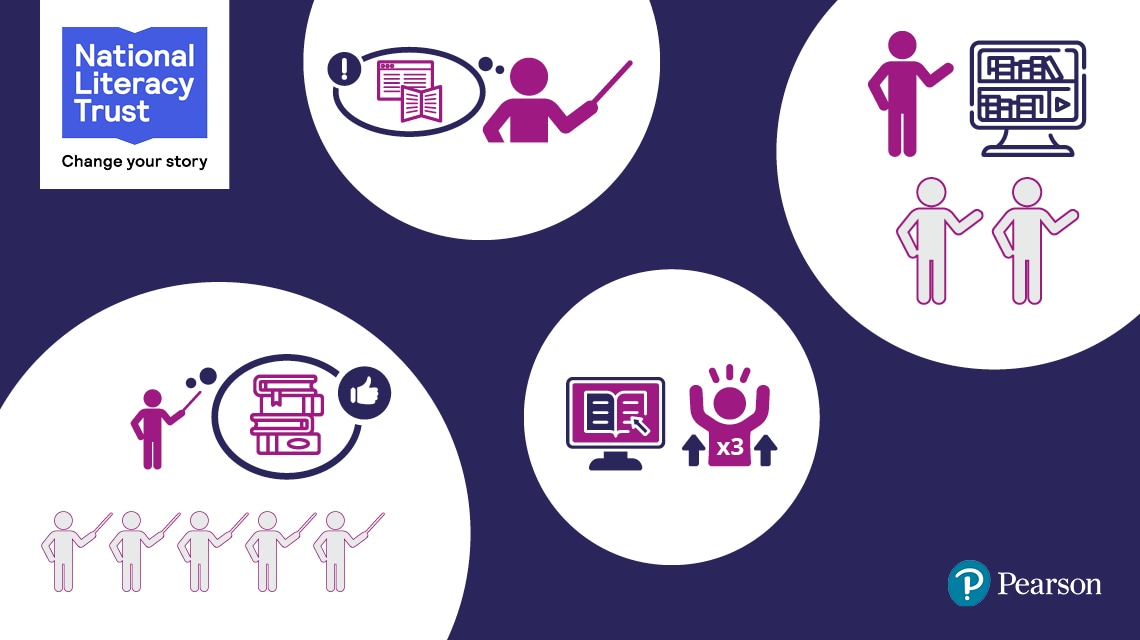
A Powerhouse for Reading (and why your school should have one!) – Alec Williams
Imagine a warm, colourful space where children can sit, or lounge, on the carpet – and just read: read what they’ve chosen themselves; read without follow-up tests; browse, skip and skim; become glued to books or magazines, or discard them at will; gaze at pictures as well as soaking up words. Imagine them talking to each other excitedly about what they’ve just read, or the amazing facts they’ve discovered from books or IT devices. Imagine a space that they feel is theirs; one that says ‘Be yourself’ rather than ‘Be careful’. And, in whatever size the space may be, imagine that (in Ted Hughes’s phrase) they’ll ‘turn the key to the whole world.’ (1)



